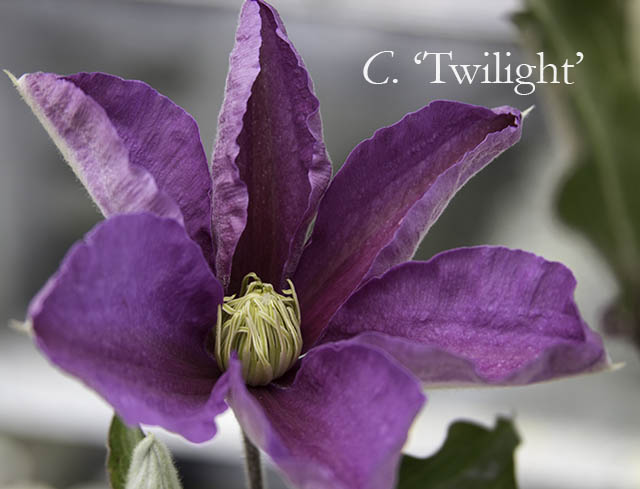When growing clematis in containers it is an absolute must to have a drainage hole(s) so that the water will flow out allowing the plant’s roots to breathe. The problem is when you add your soilless soil to the container it can wash out (until the plant’s roots takeover) of the hole(s) whenever you water. So, what can you do to curtail this soil evacuation while your container is draining? Many have suggested various types of material that can be used to eliminate this problem ranging from: pieces of pottery shards, coffee filters, packing peanuts, pieces of burlap, rocks, to plant leaves. I have even heard of people using used tea bags. But, in my opinion, the best solution is to line your pot’s drainage hole(s) with some type of plastic meshing material. Doing so allows for the crucial aeration of the roots, doesn’t inhibit the water movement, definitely won’t block up the holes and keeps the potting mix from escaping out of your container.
Some gardeners like to employ screening fabric which is used for windows and in a pinch I think it’s an okay substitute because it’s so readily available. However, I think the better alternative is to use the plastic netting material used by many bonsai growers because it’s flexible and easy to cut, but is still strong enough to keep the soil in the container. I also like that it does not easily disintegrate making it reusable. It lasts for years, and the green plastic mesh shown in my picture that I have had since 1995 is living proof of that fact.
Source: There are quite a few websites that sell bonsai mesh. Do a Google search and type the words “bonsai netting mesh” and you’ll find online vendors selling it (both in sheets and rolls).
